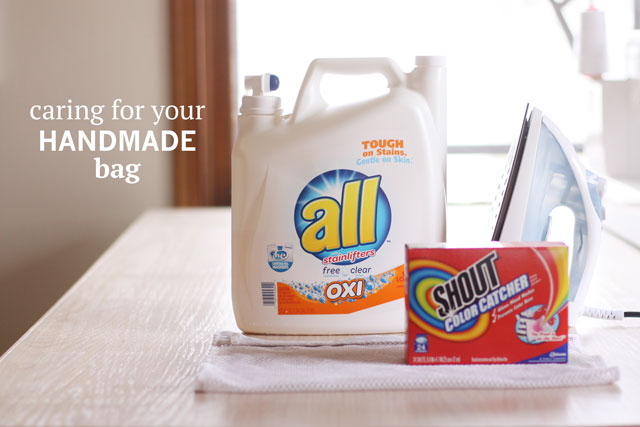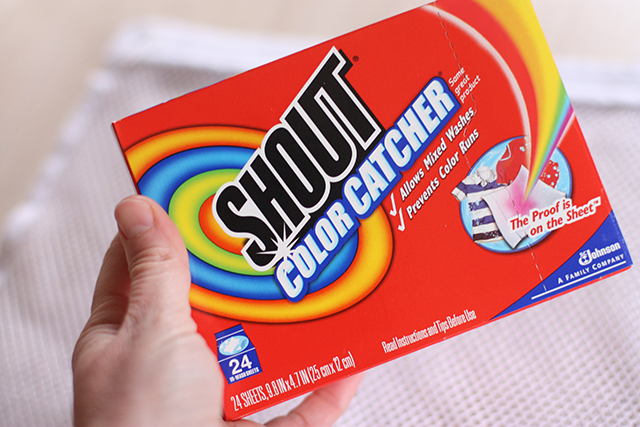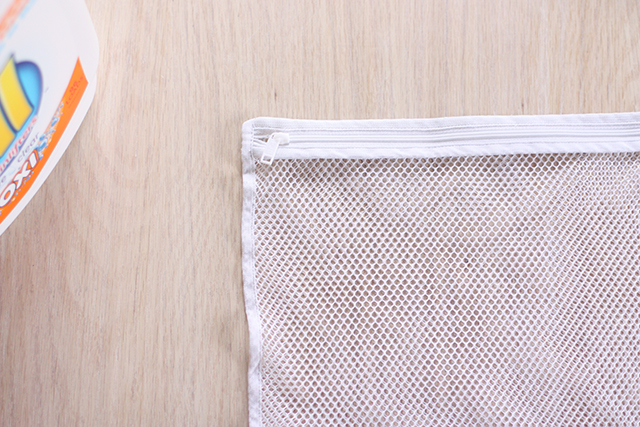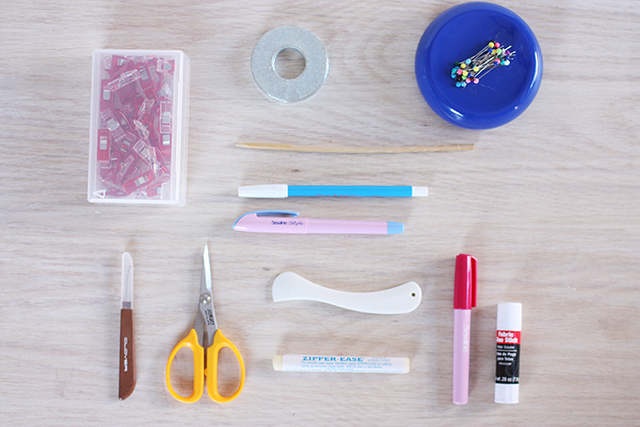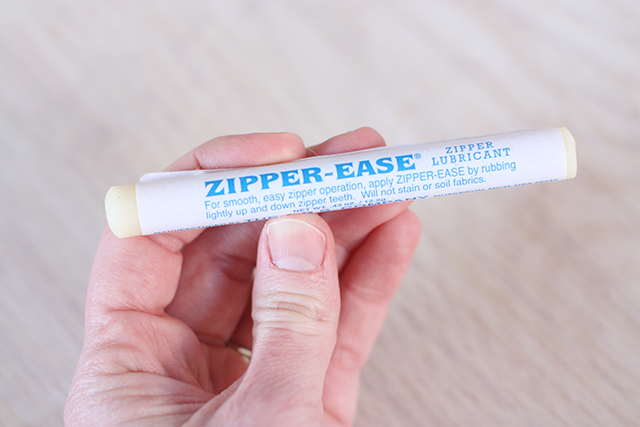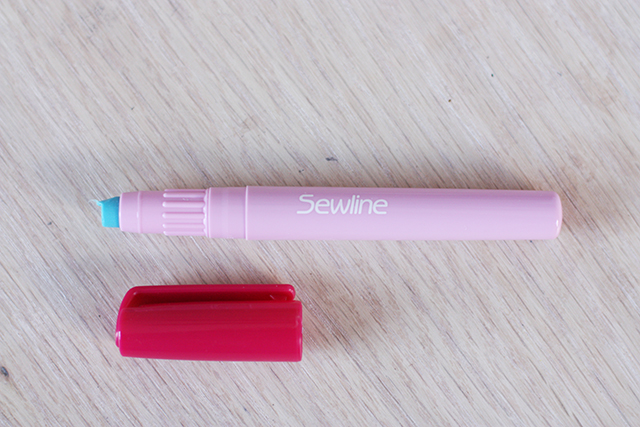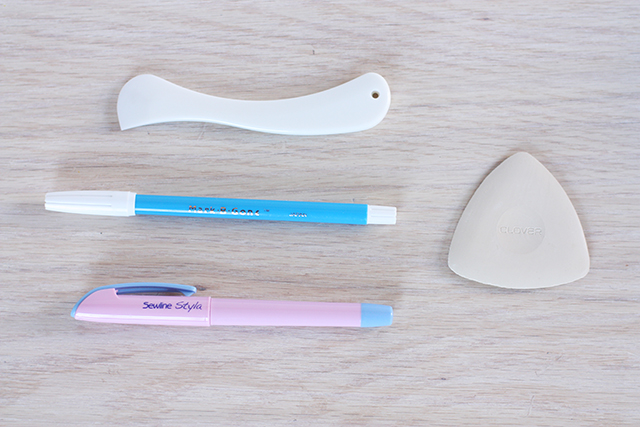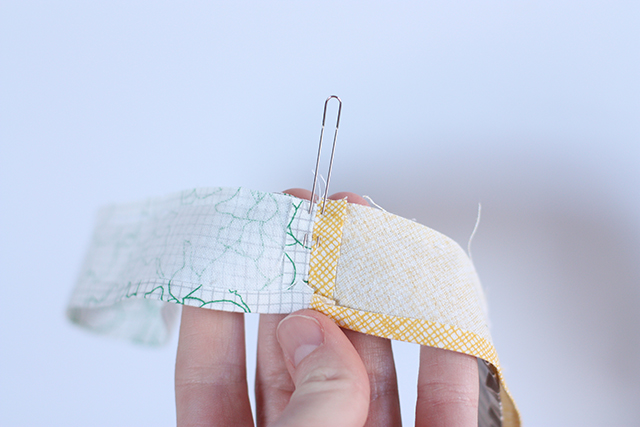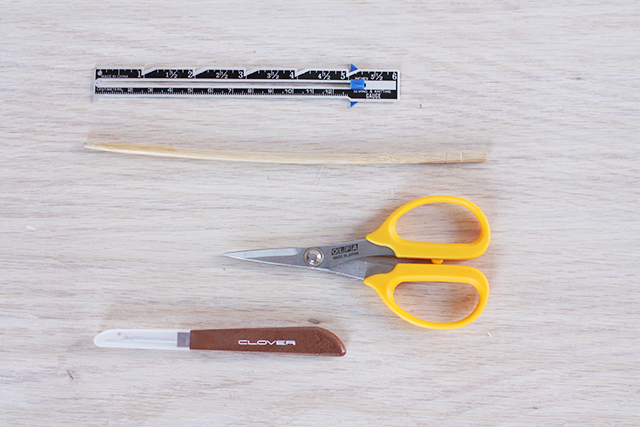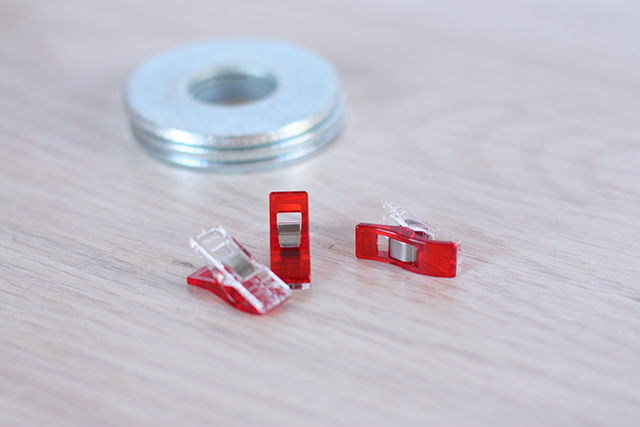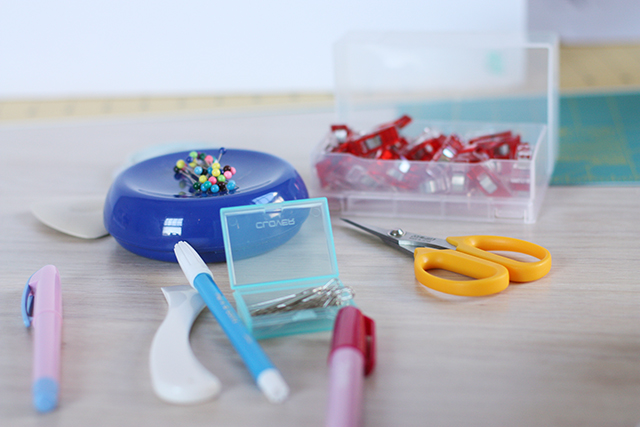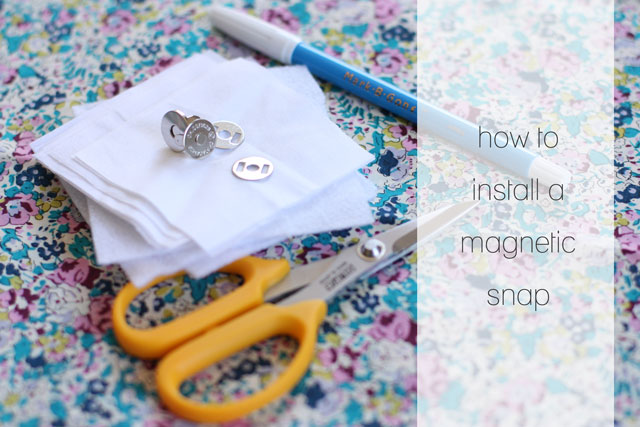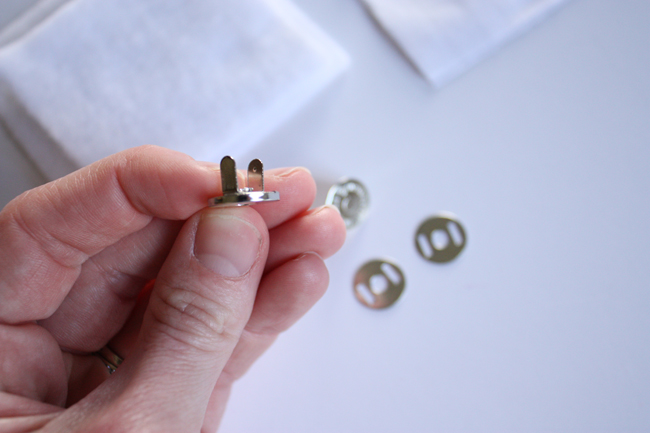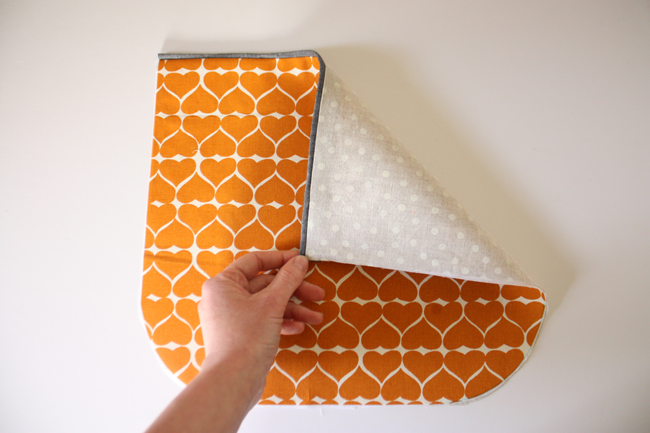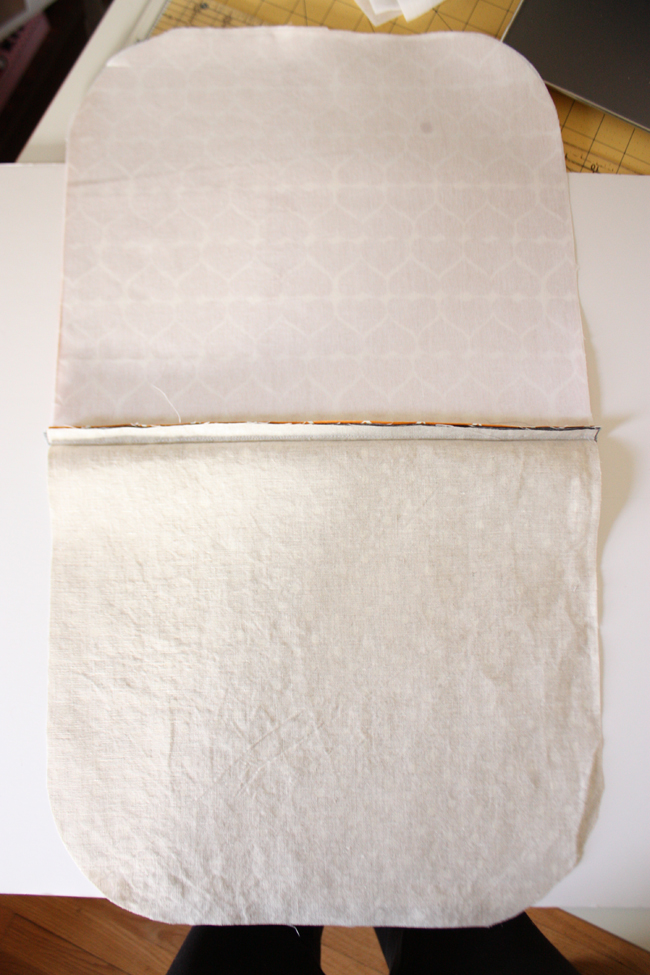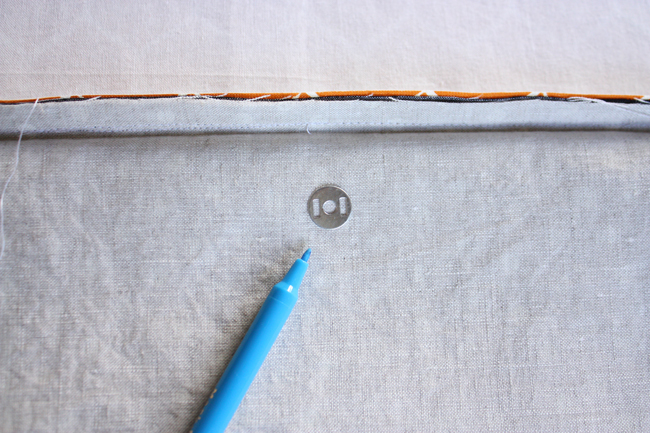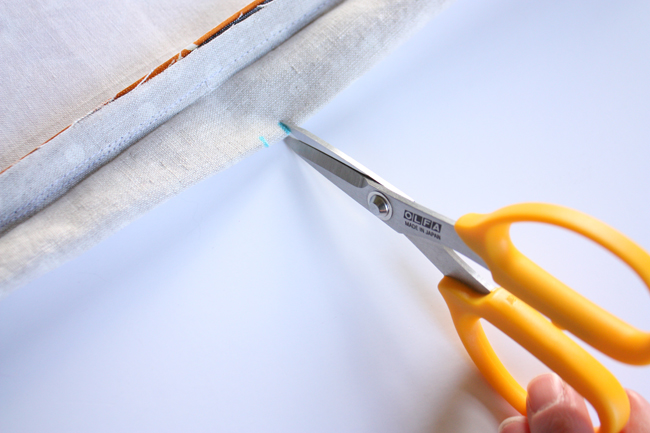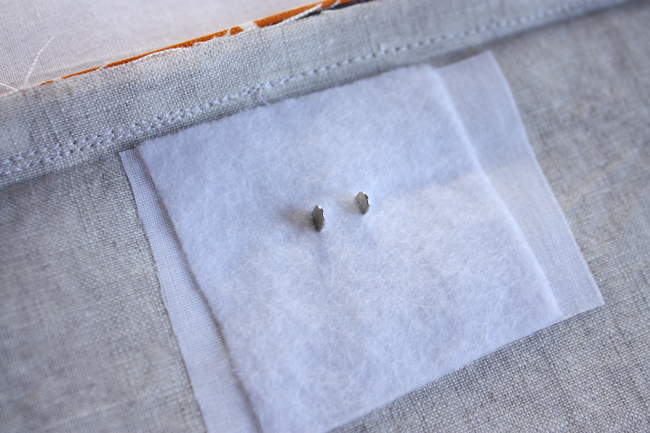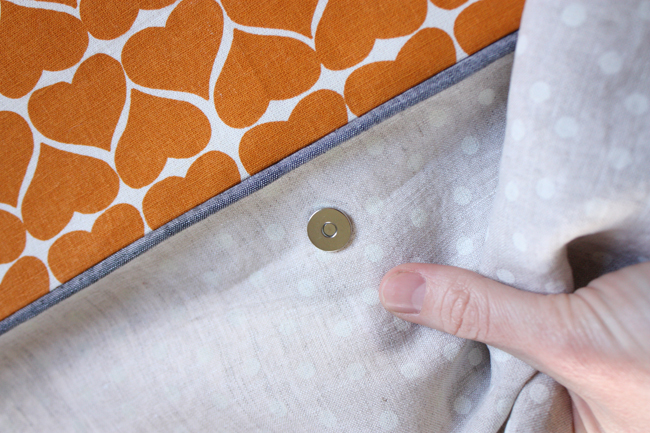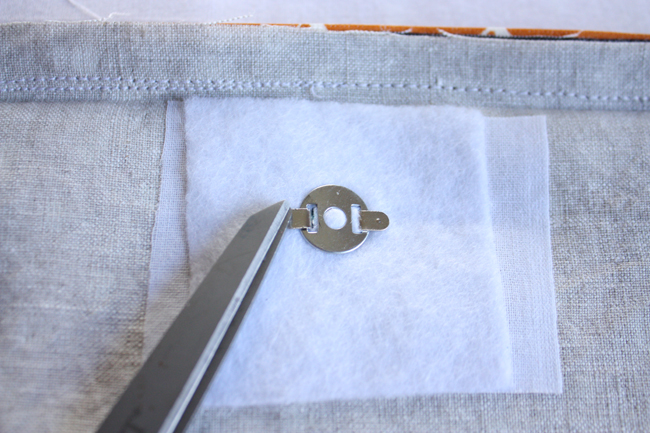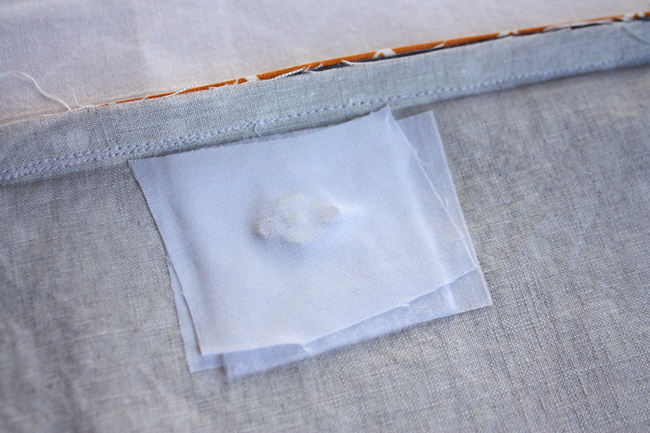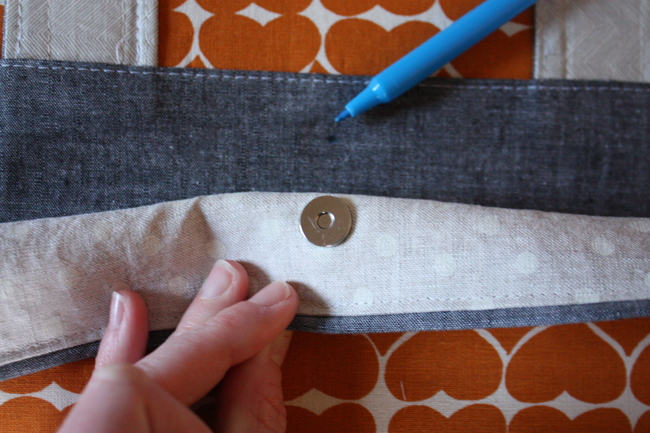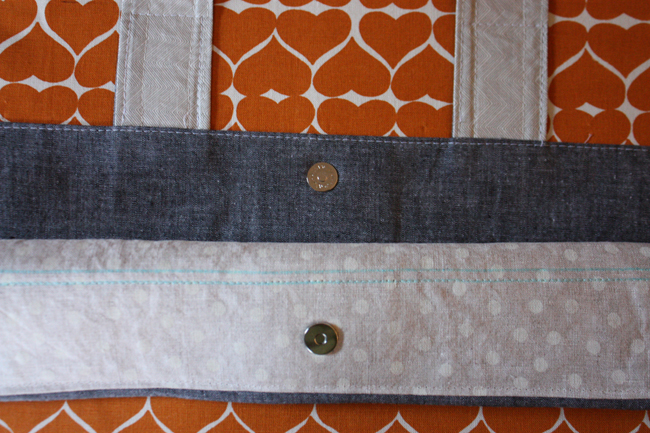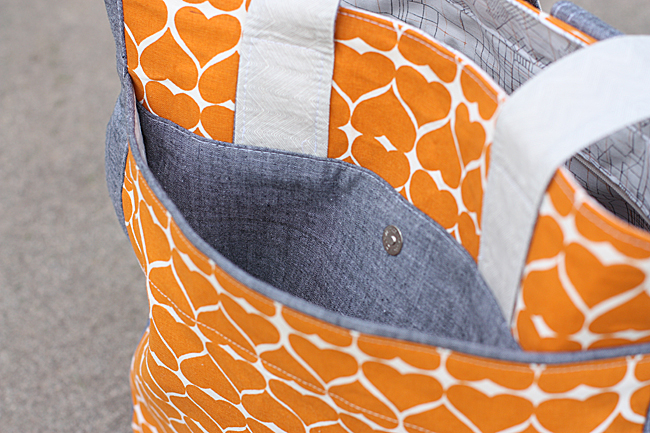Once in a while i get asked about how I clean my handmade bags. I wouldn’t say that I have it down to a science or anything, but I can offer some tips that might help you. I don’t wash mine very often and usually only if there’s a huge spill on it or at the end of a season (I usually change mine with the seasons, don’t you?!). I really like having the ability to put mine in the wash and freshen things up!
First, I don’t usually pre-wash my fabrics. I used to all the time, but then it became overwhelming with piles of washed fabric sitting in the corner waiting to be pressed. Pressing huge chunks of fabric is my least favorite thing to do. So I gave up pre-washing (except for when I’m making clothes), but there are definitely a few things that I do that helps with anything that might go wrong in the first wash. If you do pre-wash, you’re probably safe to wash the bag on the same setting as you did for the pre-washing.
Use a color catcher. I jumped on the color catcher bandwagon after seeing Jeni use them for her quilts. I end up using them a lot and it’s always fun to see what colors get sucked up by the little sheets.
They’re similar to a dryer sheet, but these you throw in the washing machine with whatever you’re washing and it grabs onto any colors that are leaking out into the water. Sometimes I throw two in if I’m feeling especially cautious. I’ve only used these Shout brand, but maybe there are others available?
Use a Lingerie bag. I’m sure you might already have these laying around or maybe you use them already. It’s a zippered mesh bag used for washing delicate items. I mostly end up washing my bags with a normal load of laundry and feel that the lingerie bag helps protect them. Most of my bags that I’ve made have fit inside. It helps to close any zippers, magnetic snaps or velcro strips before tossing in the bag.
Perfume/dye free detergent. I exclusively use a perfume and dye free detergent. But I think it’s always a good idea to use something gentle with handmade items.
Wash on cold. Like I said before, I don’t pre-wash, so I think washing on cold would help reduce any bleeding or shrinking and is definitely more gentle on fabrics.
Line dry! I either lay them over a clothes line or lay flat on a dry towel. I try and shape it back into it’s original shape and smooth out big wrinkles. I wouldn’t dry a bag ever, just my two cents. Plus if a stain didn’t come out, you’d have a much harder time getting the stain out if you dried the bag.
Press after it’s dry. Whenever I’ve pulled my dry bags off the line they’re still not quite ready for using. Some are better than others, but I think a quick press with the iron in wrinkled spots really helps get that crisp look back. I’d be a little conservative though on pressing, you don’t want it to shift any of the interfacing around.
Hope that helps a bit! And don’t hesitate to ask questions, I’m sure if I don’t know, some other lovely readers might!

